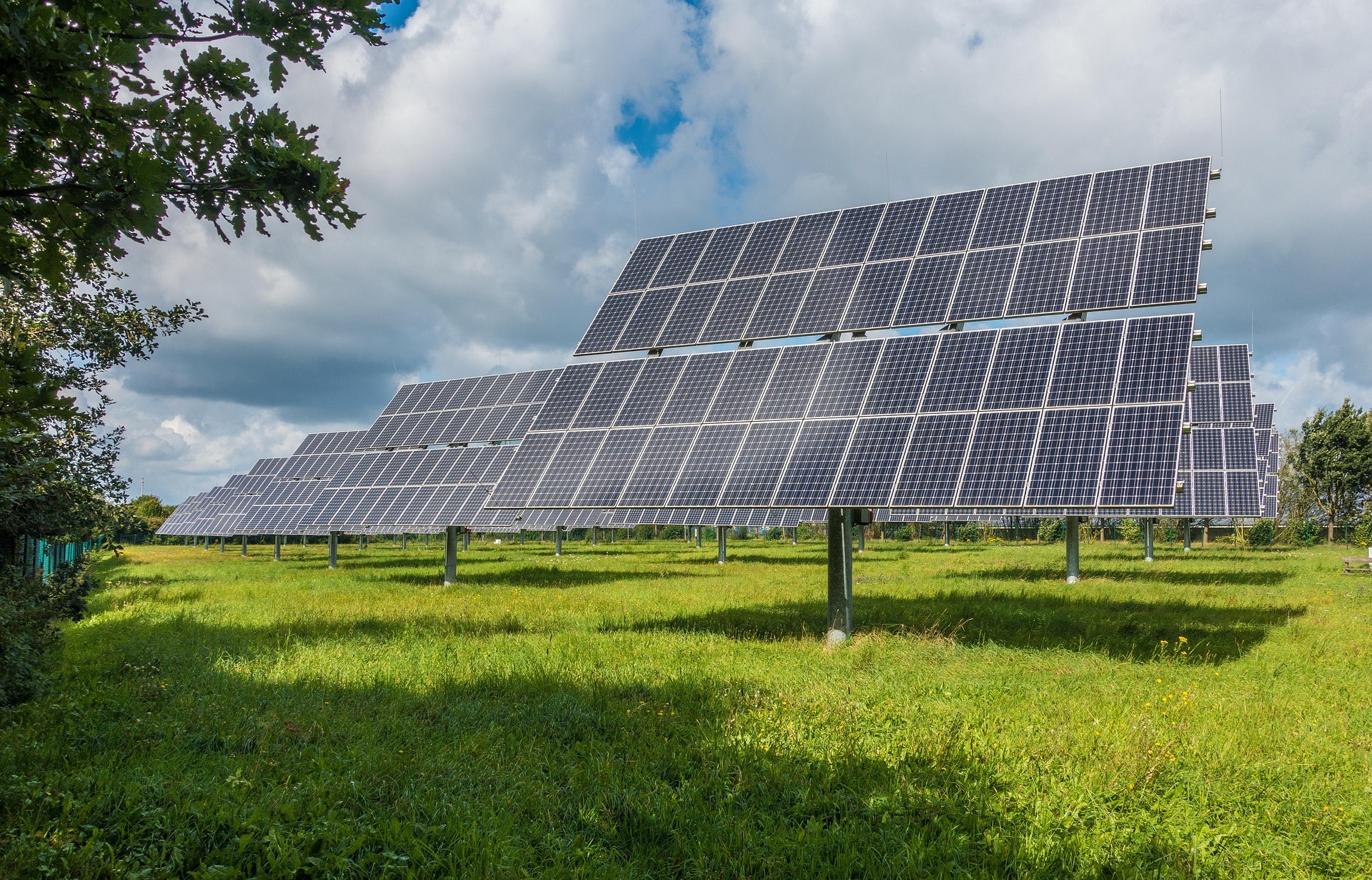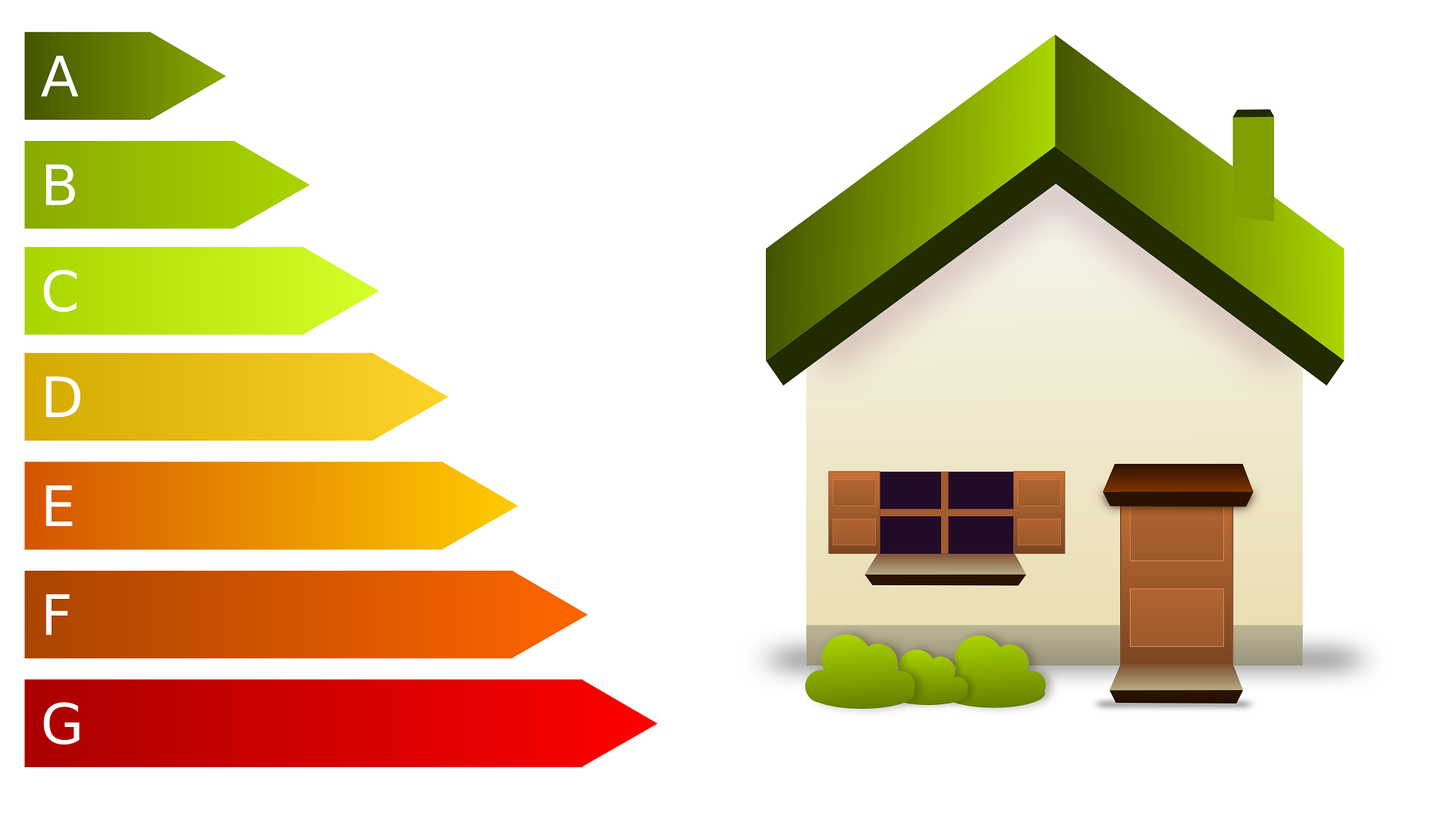How Many Solar Panels Do You Really Need? Find Out Here!

A scientific marvel, solar panels help us to become self-sufficient in all of our energy needs while reducing our continuously increasing electricity bills. Additionally, it helps cut down on the use of fossil fuels, which are infamous for causing greenhouse gas emissions. That's why Switching to solar energy is a smart move.
All of that sounds fantastic, but before you install solar panels on your rooftop, you need to make some decisions. You may be wondering right now, "How many solar panels do I need?" Your location, energy usage, and the effectiveness of the panels you select will all affect the answer. Well, this blog is here to help, so don't worry. Let's understand the different factors to help you decide the right number of solar panels that will help you during the energy rating assessment and create an overall efficient living space.
The basics of solar panel

Photovoltaic (PV) cells are primarily used in solar panels, which are devices that use sunlight to generate electricity. After being exposed to sunlight, solar panels transform it into direct current (DC) electricity. An inverter then changes it into an alternating current (AC), which powers your home. Monocrystalline, polycrystalline, and thin-film panels are the most popular varieties, and their costs and levels of efficiency vary. Solar panels typically last more than 20 years and need minimal maintenance, making them a long-term investment.
Can a solar system help your house achieve a 6 star energy rating?

An energy-efficient home with a 6 star energy rating uses less energy for both cooling and heating, which lowers power consumption overall. The solar system can help in this by:
- Generating Clean, Renewable Energy – Solar panels harness the sun's power, reducing dependence on non-renewable energy sources.
- Lowering Reliance on the Grid – A well-designed solar system can provide most of your home's energy needs, cutting electricity bills and reliance on fossil-fuel-powered electricity.
- Powering Energy-Efficient Heating & Cooling Systems – Solar energy can support energy-efficient air conditioners, heat pumps, and other appliances, reducing overall energy usage while maintaining comfort.
How to find out the number of solar panels for your home?
Shifting to solar panels is one of the most effective ways to decrease the energy bills, but for that, you need the correct number of panels. In a few easy steps, you can find out this –
Step 1: Check your home's electricity usage
The goal of switching to solar power is to produce at least as much electricity as you use. So, the more electricity your household requires, the bigger the solar system should be. Examining your electricity bills from the previous 12 months is the simplest method to determine your average daily usage. By just signing into your online account, you can check your daily usage to see if you have a smart meter installed. Here's a quick chart that shows the number of panels based on average-sized houses in Australia-
|
|
|
|||
1,000 sq. ft. |
4,700 – 4,800 kWh |
8 panels |
|||
2,000 sq. ft. |
9,400 – 9,500 kWh |
16 panels |
|||
2,500 sq. ft. |
11,700 – 11,800 kWh |
20 panels |
|||
3,000 sq. ft. |
14,100 – 14,200 kWh |
24 panels |
Step 2: Determine your energy consumption needs
Now that you know your average electricity usage, the next step is to decide how much of that energy you want to offset with solar panels. If your goal is to eliminate your electricity bill, your solar system should generate as much energy as you consume daily. However, if you prefer a grid-lite approach where you still use some electricity from the grid, you can install a smaller system that covers your daytime usage when the sun is shining.
Your energy needs will also depend on factors like:
- Whether you have energy-efficient appliances and lighting.
- How often do you use high-energy-consuming devices like air conditioners and heaters?
- If you plan to add battery storage to store excess power for night-time use.
Step 3: Calculate the solar system size required
Once you understand your consumption pattern, you can move on to calculating the size of your solar system. Solar panels are rated based on their power output, usually between 300W and 400W per panel. To estimate the total solar system size you need, divide your average daily electricity consumption by the average sunlight hours in your location.
For instance, if your home consumes 18 kWh daily, and your area gets 5 hours of peak sunlight daily, you'd need a system size of around 3.6 kW (18 ÷ 5 = 3.6 kW). Since most solar panels generate around 350W (0.35 kW) per panel, you would need approximately 10–12 panels to meet your energy needs.
Step 4: Consider roof space and panel efficiency
Not all roofs are the same, and factors like roof size, angle, and shading affect how many solar panels you can install. If your roof is small or has obstructions like chimneys or vents, you may need high-efficiency panels that generate more power in less space.
Additionally, your roof's direction matters. North-facing panels in Australia get the most sunlight, while east- and west-facing panels generate slightly less energy. If your roof has limited space, a solar installer can help design a system that maximises energy production.
Step 5: Decide if you need battery storage
If you want to use solar energy at night or during cloudy days, adding a solar battery can help store excess electricity for later use. However, battery storage adds to the upfront cost of your system.
Any extra solar energy can be fuelled back into the grid in exchange for feed-in tariffs, so you might not need a battery if you stay connected to the grid. But if you want complete energy independence, a battery system is essential. Once you have a general idea of the system size you need, the final step is to consult a professional and find out your home energy rating.
What Affects Solar Panel Efficiency?
Several factors can impact how efficiently your solar panels generate electricity. Here are the key ones to consider:
- Weather Conditions – Cloudy or rainy days limit sunlight exposure.
- Extreme Heat – High temperatures (50°C) can lower efficiency by 10% to 15%.
- Dust and Dirt – Build-up from dust, bird droppings, or insects can block sunlight absorption.
- Snow and Ice – Rare in most of Australia, but can temporarily cover panels and reduce output.
- Shade – Trees, buildings, or obstructions can reduce energy production.
Last Words
Making the switch to solar can lower energy costs dramatically and improve the sustainability of your house. By choosing the correct number of panels and ensuring proper installation, you can maximise efficiency and long-term savings.
Before solar panel installation if you want to start right and find out if you have a 6 star energy rating house, contact Superior Energy Rating for professional assistance.


